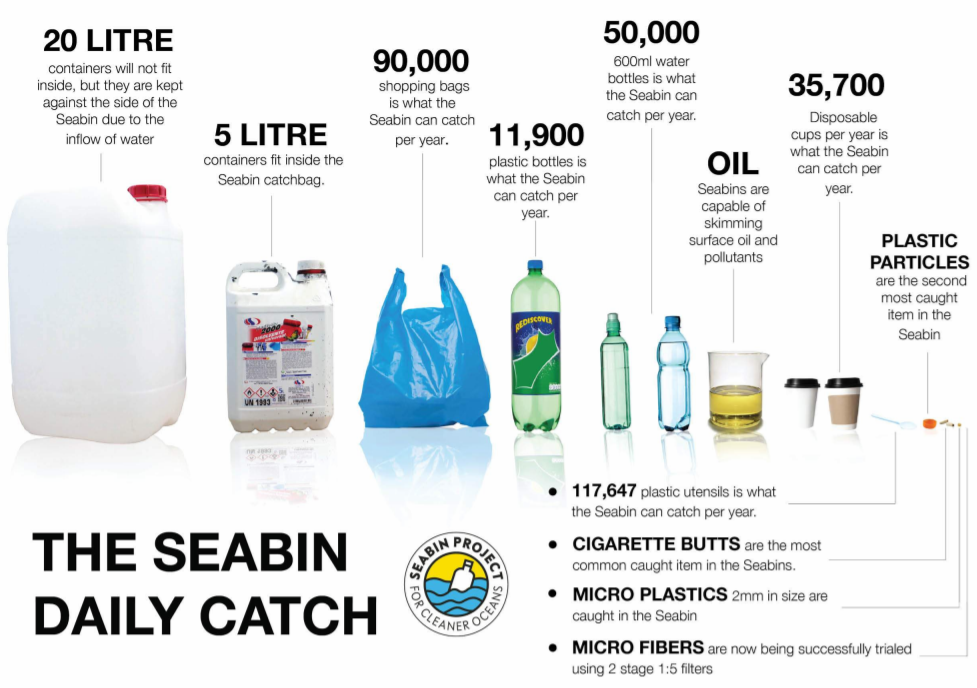In 2013, Pete Ceglinski and Andrew Turton set out with a goal to remove waste from the ocean. A few years later, the pair stood up Seabin with a contradictory mission: To live in a world that doesn’t have a need for its product.
“Our ultimate goal is pretty simple: It’s a world where sea bins are no longer needed for clean up, only for monitoring. And what started out as a garbage can has evolved into this global mission focused on data and behavioural change,” Ceglinski said, speaking at IBM Think Australia and New Zealand last month.
“If you replace the words garbage can with data monitoring unit, you start to see the monster we’ve created.”
A Seabin is a cross between a garbage bin and a pool skimmer. It sits in the water and skims the surface, the water passes out the bottom, and the floating pollution gets captured inside a filter.
“It’s the most obvious thing in the world that nobody had thought of,” he said.
Read also: A long-term battle: The tech industry’s role in combatting climate change
There are now over a thousand sea bins deployed in 53 countries. To date, Seabin has prevented an estimated 35 million plastic items from entering the ocean. But despite being a startup, the company’s process for collecting data is archaic.
“Data is king — it’s not rocket science, we count things, it’s a pain in the arse to be honest, but it’s worth it. We never had a big pile of money, so we started with paper and pens, manually uploading to a spreadsheet, double-handling everything, but we did what we could,” he said.
“From our data program, we know that each day we filter over 500 million litres of water and we capture about 4.2 tonnes of plastic, microplastics, plastic fibres, oil, and more.”


Seabin has 71 data volunteers in 19 countries uploading the data.
“We physically counted over 71,000 data entries from around the world, which converts into an estimated 35 million plastic items prevented from entering our oceans in the last three years using the Seabin hardware,” Ceglinski said.
The pair set up the Seabin Foundation two years ago to focus on science, data, education, and prevention.
“Technology alone will not save us, only we can save ourselves, but the challenge isn’t really plastic pollution, it’s human behaviour, and with that, clean up became a by-product of what we do,” Ceglinski said. “So we’re turning off the tap, we’re monitoring data, and we’re cleaning up at the same time.”
2021 is Seabin’s year for digital transformation, however.
“We’ve got a mobile app, a dashboard, automated impact reporting, and an interactive web map,” Ceglinski explained.
“Best yet is that our next tech hardware has cloud-based IoT capabilities so we can record real-time data monitoring.
“As we’re processing the data and applying weather overlays over a period of time, we’re starting to see localised patterns and we have the ability of forecasting.”
The next step, Ceglinski said, is to introduce artificial intelligence to be more efficient, frequent, and accurate in data collection.
He wants to extend Seabin’s reach to all 194 countries in the world with a shoreline.
“They all have the same plastic pollution problems … and we can help them all to make informed decisions based on our data — the path to scale is mind-blowing,” he said.



